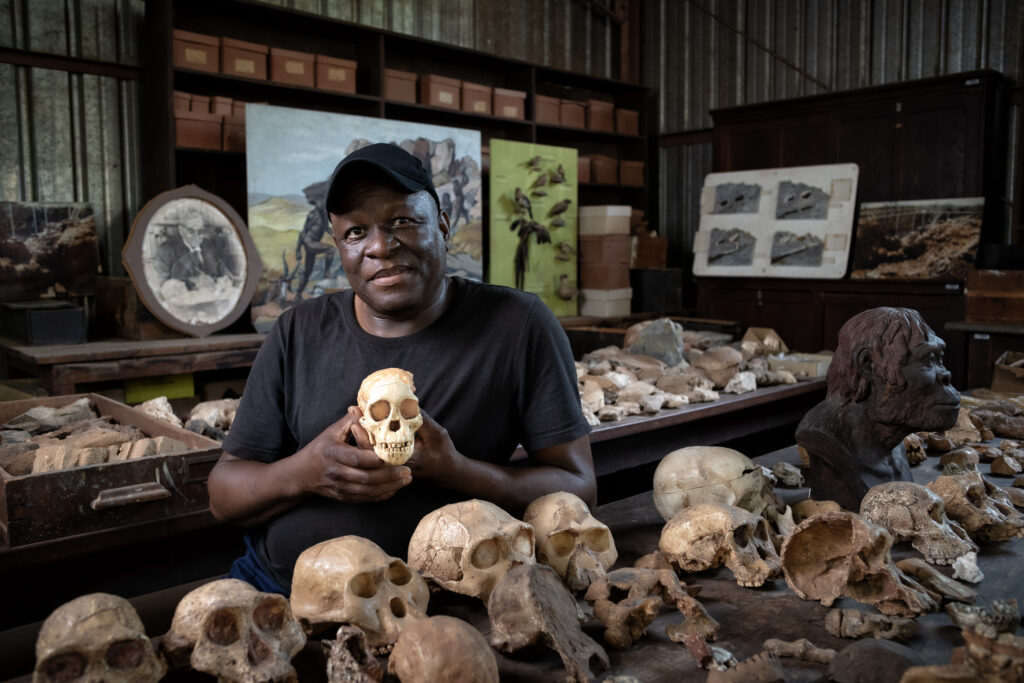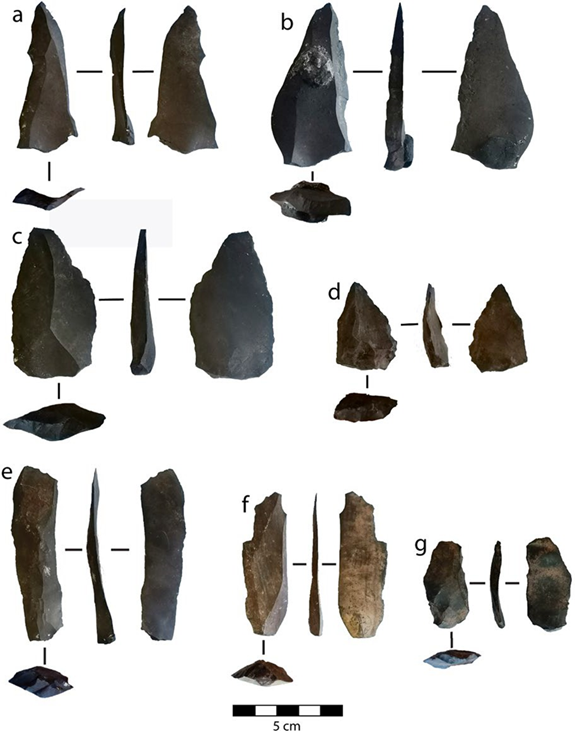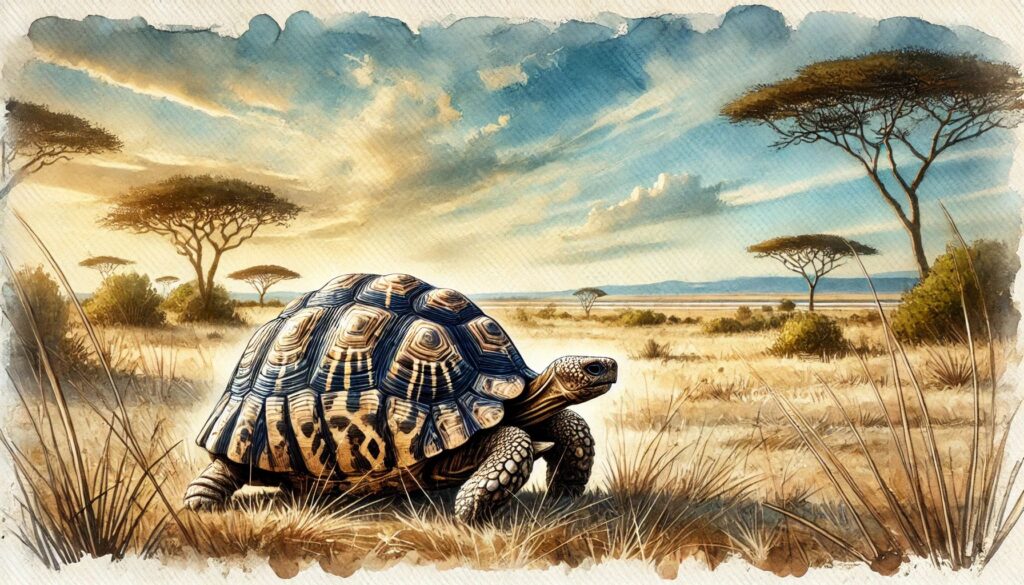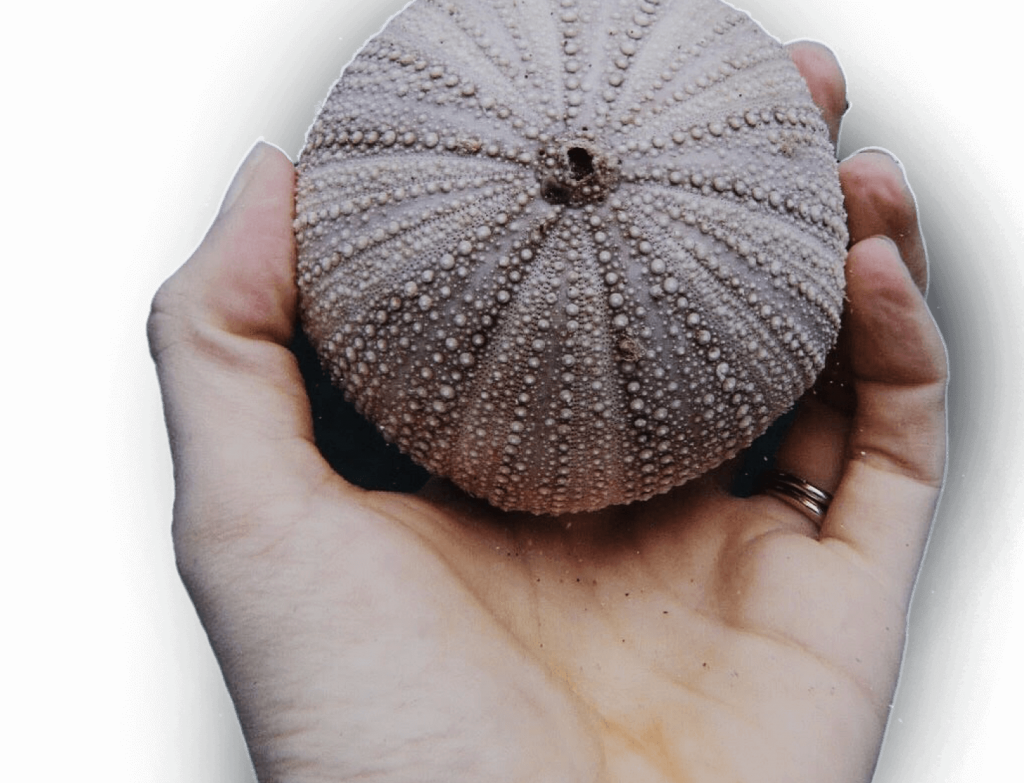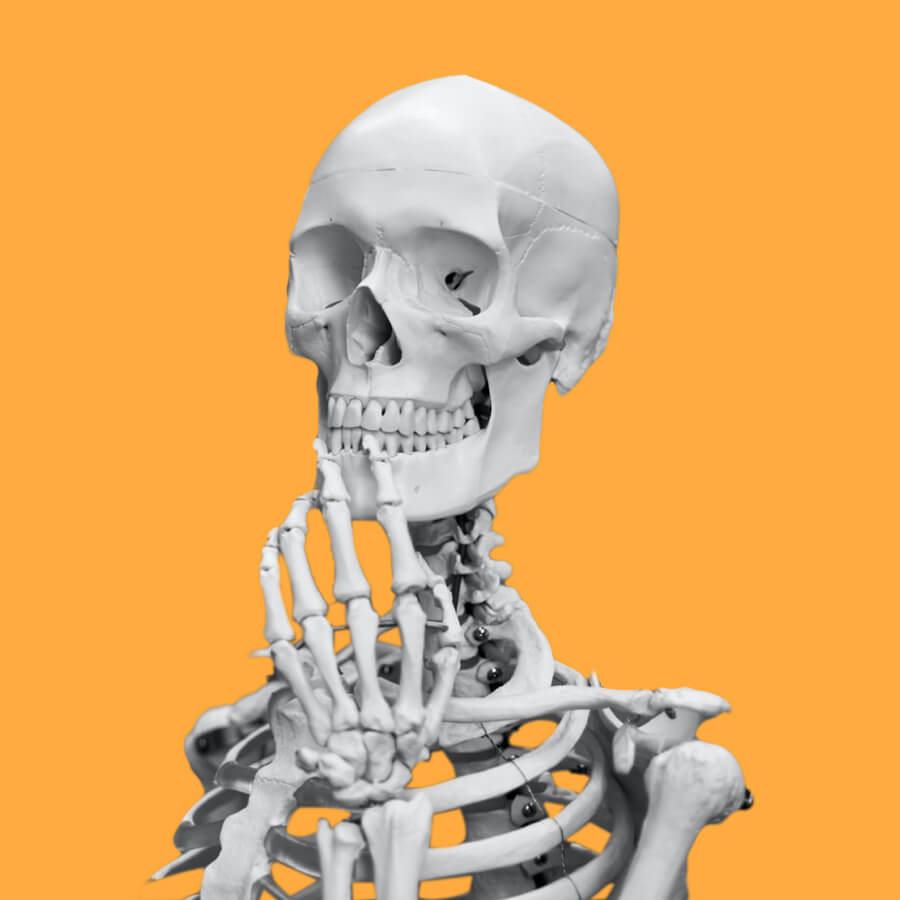A fossilized colony of Triassic reptiles that died in their sleep was recently found in the South African Karoo.
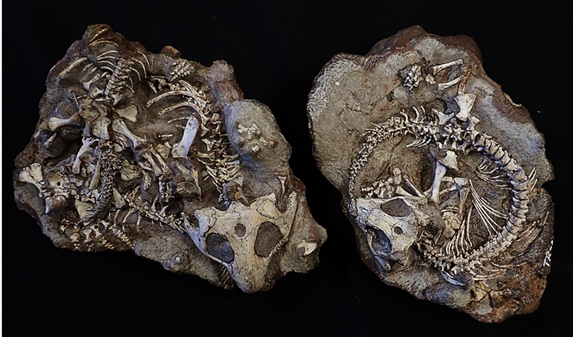
Fossils of hundreds of curled-up skeletons of a small burrowing reptile that lived in the lowlands of the ancient supercontinent of Gondwana some 250 million years ago have been discovered in South Africa. For the past 3 years a research team headed by Roger Smith from the Evolutionary Studies Institute, University of the Witwatersrand and Iziko South African Museum has been looking for clues as to why so many skeletons occur in a single small rock outcrop yet in nearby exposures, at the same level, there were none to be found.
The skeletons are all of the same reptile species named Procolophon trigoniceps, and are of different sizes meaning adults and juveniles were fossilized together. Team member Juan Cisneros, a Brazilian specialist in the evolution of reptiles, describes Procolophon as “A lizard-shaped animal with a short neck, long body and long tail, that grew to nearly half-a-metre long. It had a broad, flat-topped skull, with distinctive backward projecting flanges and enlarged chisel-like teeth”.Cisneros suggests that the skull flanges, technically known as “quadrato-jugal horns”, may have been a modification for sexual display and the robust teeth were well-adapted to crush tough vegetation and possibly invertebrates with hard exoskeletons such as freshwater crayfish”.
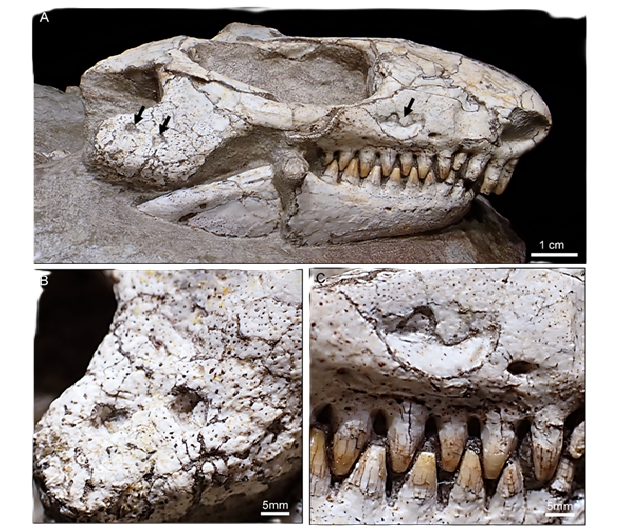
Detailed field studies of the geology and mode of occurrence of the skeletons reveals that they are preserved in terminal chambers of underground burrows that were dug into semi-arid soils of the ancient floodplain. Smith reports that “Scratch marks on the burrow casts closely match the width and spacing of the front claws of adult Procolophon skeletons so we are fairly certain that they excavated them to shelter from extreme heat and cold at the surface, possibly as seasonal dens, an most likely for protecting their young as well”.
Several of the skeletons have been painstaking prepared by Sibusiso Mtungata in the Iziko Karoo Palaeo lab and independent contractor Tiffany Ingham-Brown of Pushing up Daisies. One of the skeletons found inside a scratch-marked burrow cast was sent to the neutron tomography laboratory “Dingo” at the Australian Nuclear Science and Technology Organisation (ANSTO) in Sydney. Julien Benoit from Wits travelled with the specimen and helped Joseph Bevitt with the tomography. Julien relates “We were the first to see the 3-D digital image of the contents of the burrow and were amazed to be able to clearly identify an adult Procolophon skeleton lying-curled up on the bottom of the terminal chamber with scattered bones of a juvenile lying on top.”
